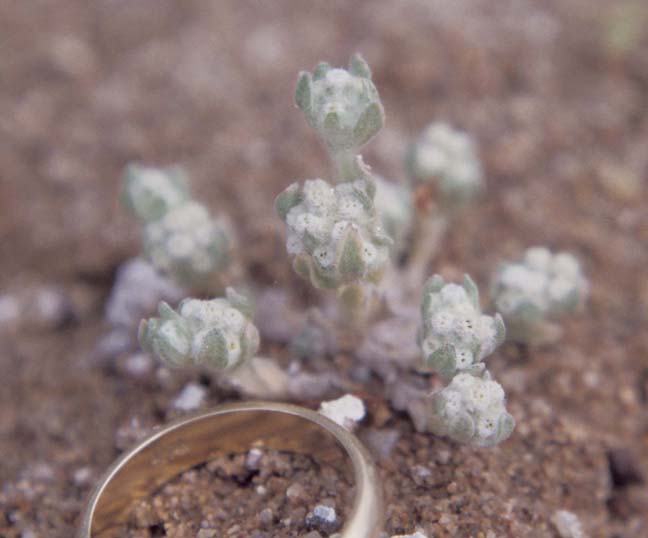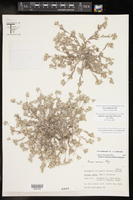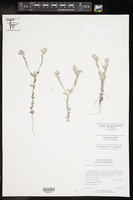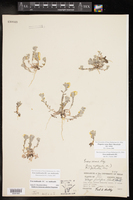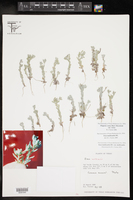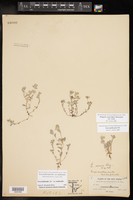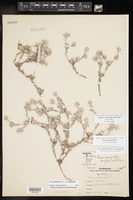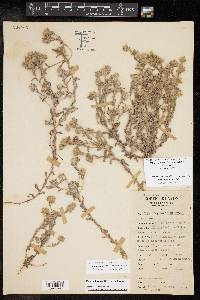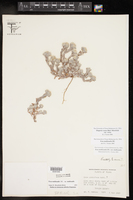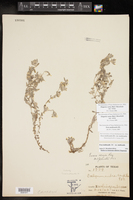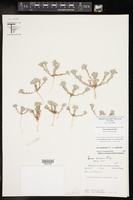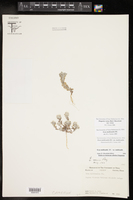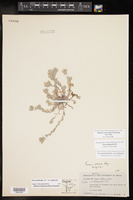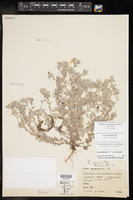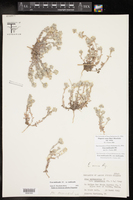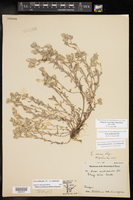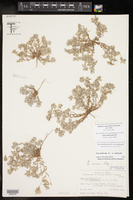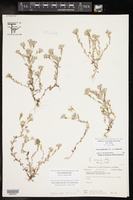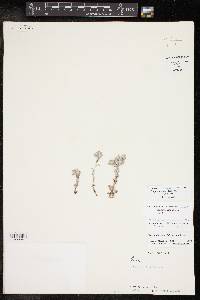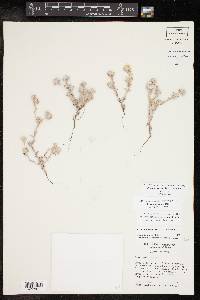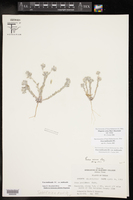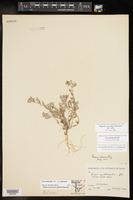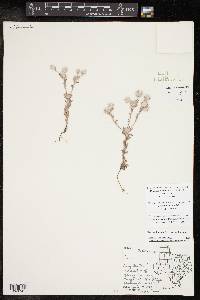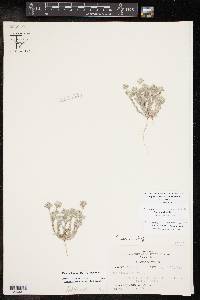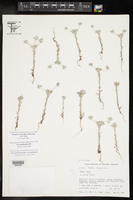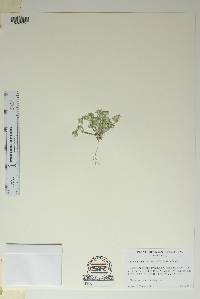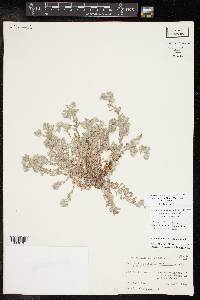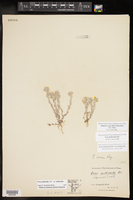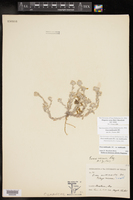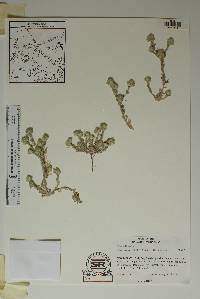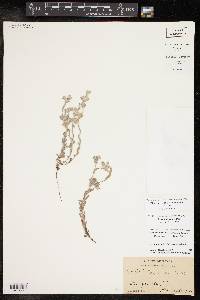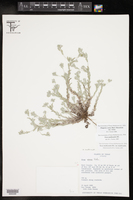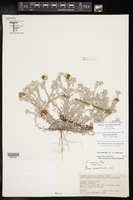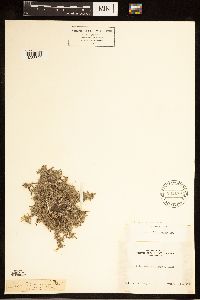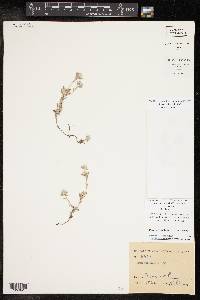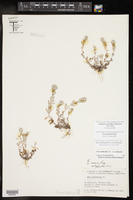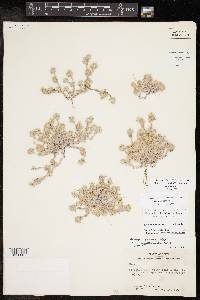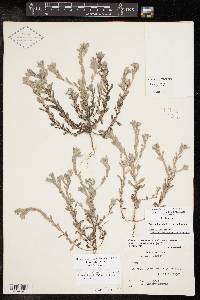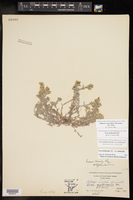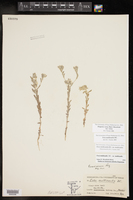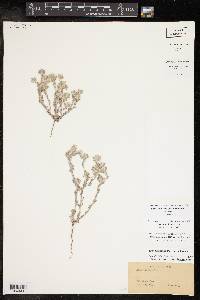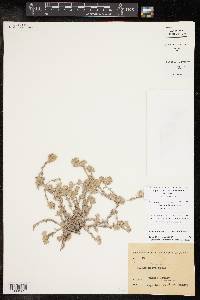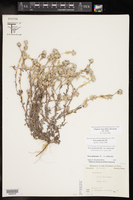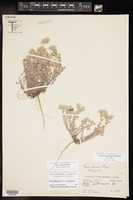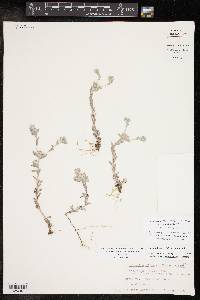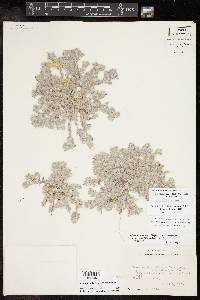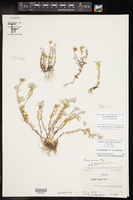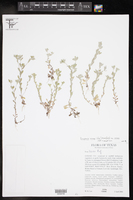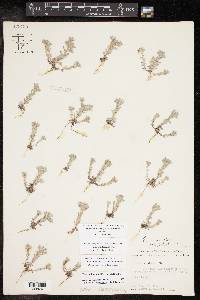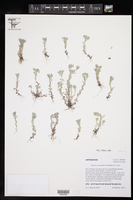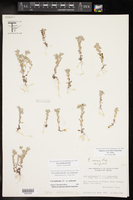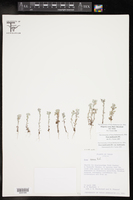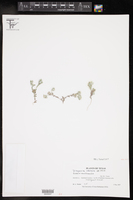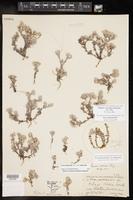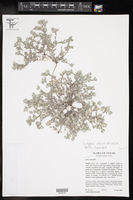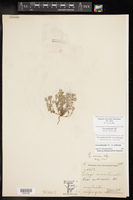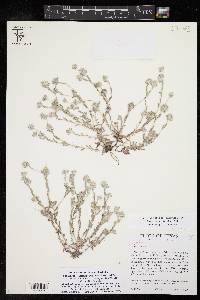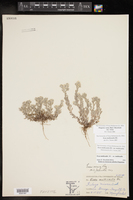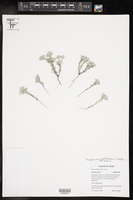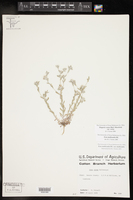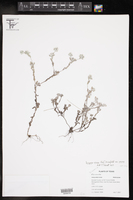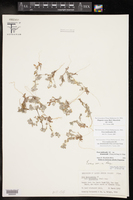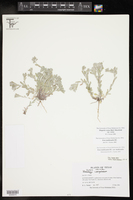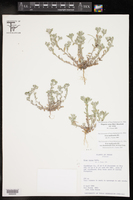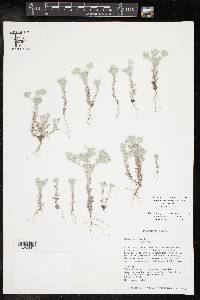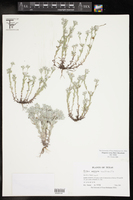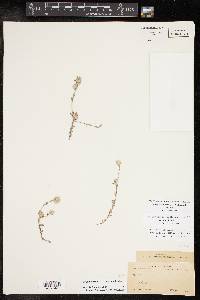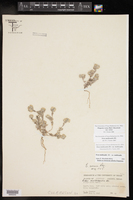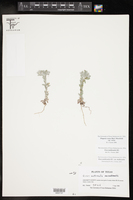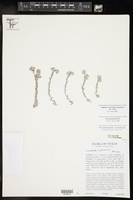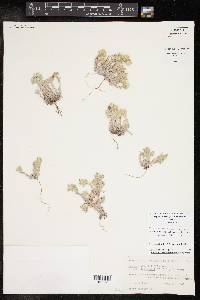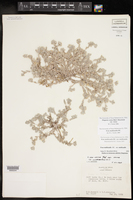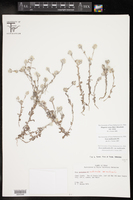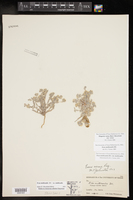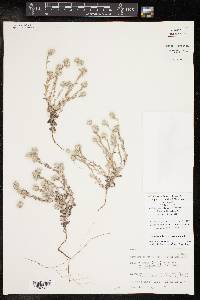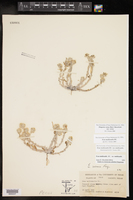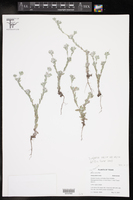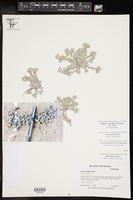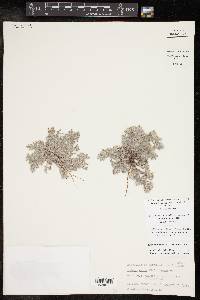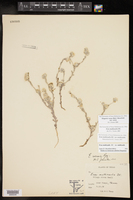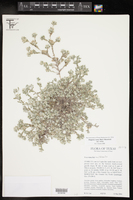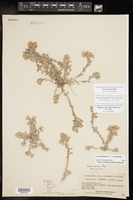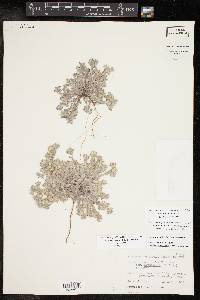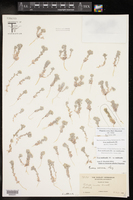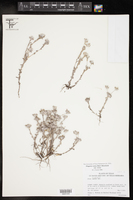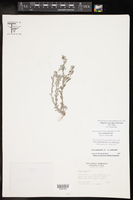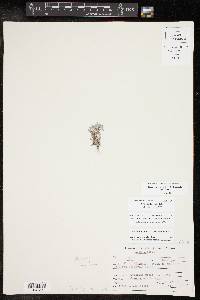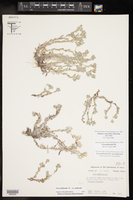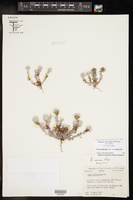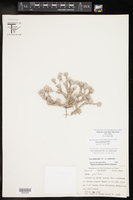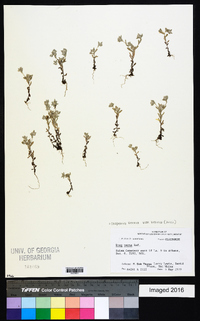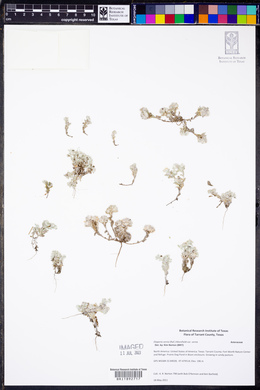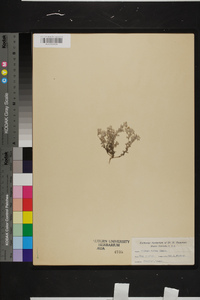Diaperia verna var. verna
|
|
|
|
Family: Asteraceae
rabbit tobacco, more...spring pygmycudweed
|
Theodore M. Barkley+, Luc Brouillet, John L. Strother in Flora of North America (vol. 19, 20 and 21) Heads campanulate, largest mostly 2-2.5 mm. Pistillate paleae collectively hidden by thick lanuginose indument. 2n = 26. Flowering and fruiting early Mar-late Jun(-Aug). Open, barren to grassy, brushy, or wooded slopes, plains, often disturbed substrates, toward sw usually with extra moisture (playas, drainages, roadsides, urban areas); 10-1600 m; Ariz., Ark., Ga., La., N.Mex., Okla., S.C., Tex.; Mexico (Chihuahua, Coahuila, Nuevo León, Sonora, Tamaulipas). Variety verna occurs nearly throughout Texas inland from the coast, extending to northern Louisiana, central Oklahoma, and southern New Mexico. Some disjunct populations in southern Arizona, Georgia, Louisiana, and South Carolina are known from disturbed habitats and may be introduced. Variety verna is known throughout the northern tier of states in mainland Mexico; it probably also occurs in the next tier south. Two collections of this variety collected in 1875 and 1903 are purportedly from southern California; one is mixed with other Californian Filagininae. These might represent introductions that did not persist, or accidental admixtures from other collections.
FNA 2006, Wiggins 1964, Kearney and Peebles 1969 Duration: Annual Nativity: Native Lifeform: Forb/Herb General: Low, white-wooly annual herbs, diffusely branched at the base; branches leafy, decumbent, 5-15 cm long. Leaves: Alternate and sessile; blades broadly spatulate, 5-12 mm long by 1-4 mm wide, arachnoid-tomentose. Flowers: Flower heads small, disciform, in densely white-wooly rounded clusters at the ends of branches, the clusters surrounded and partially hidden by leafy bracts, these also white-wooly; involucre (ring of bracts wrapped around flower head) inconspicuous, 2-3 mm high, consisting of 4-6 bracts (phyllaries) all approximately the same length; outer ring of florets pistillate, inner florets functionally staminate, each floret subtended by flat palea. Fruits: Achenes 1 mm long, smooth, yellowish, without a pappus. Ecology: Found in sandy soil, especially in disturbed areas, from 1,500-3,000 ft (457-914 m); flowers March-April. Distribution: AZ and NM east to LA and AK; disjunct in GA and NC; south to n MEX. Notes: This species is distinct as a low, spreading taprooted annual with sage-green herbage that is white-woolly all over, with clusters of small round wooly flower heads surrounded by rings of round-tipped leaves at the ends of the branches. Appears similar to Antennaria spp. but those taxa are found at forested high elevations in our region, while this species is found below 3,000 ft. Other similar species are Stylocline micropoides (leaves are linear, the tips narrowing and sometimes pointed); Stylocline gnaphaloides (the leaves and bracts often have tiny mucronate tips, and the stems are much less leafy below the flower heads); and Gnaphalium palustre (flower heads are campanulate or cylindric rather than spherical, with phyllaries in several series of graduated lengths). Ethnobotany: Unknown Etymology: Diaperia is of uncertain origin; verna means of springtime. Synonyms: Diaperia multicaulis, Evax multicaulis, Filaginopsis multicaulis, Filago nivea, Filago verna, Evax verna var. verna Editor: SBuckley 2010, AHazelton 2015 |

